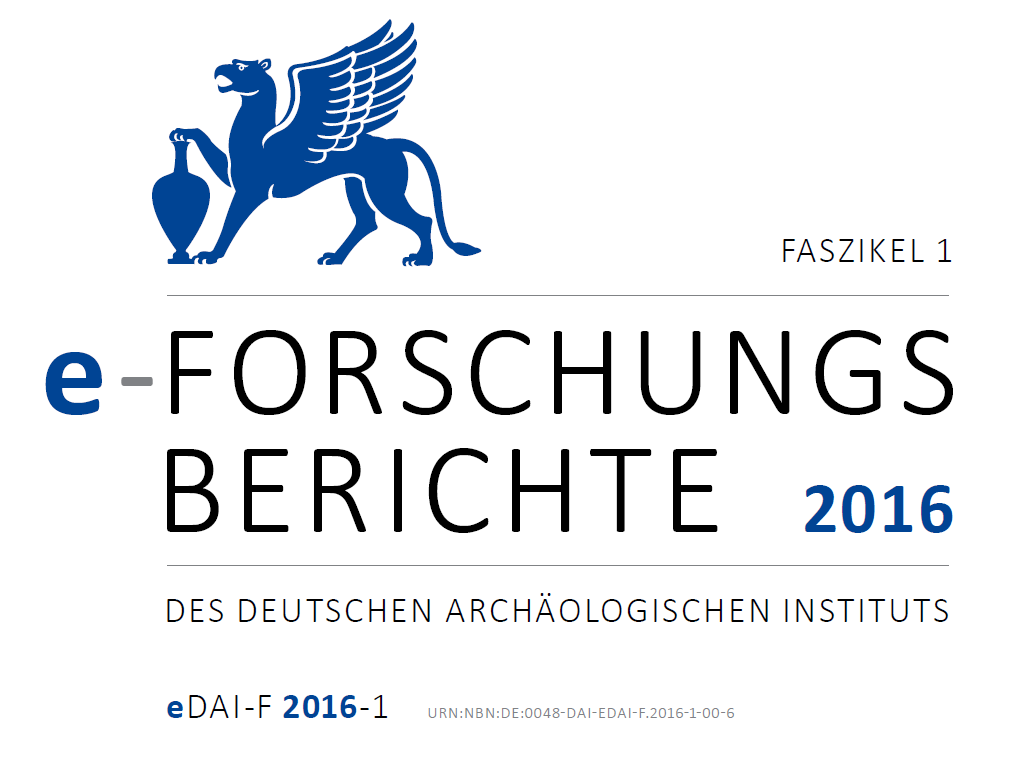Milet, Türkei: Aufarbeitung griechischer Terrakotten und Keramikfunde
https://doi.org/10.34780/76ab-ara2
Resumo
Miletus was a leading Greek harbour city on the west coast of Asia Minor. Recent excavations of ancient living quarters, workshops, and sanctuaries have turned up hundreds of thousands of ceramic sherds and terracotta fragments, among them Archaic mugs, plates, and amphorae, Classic table ware, and Classic to Hellenistic terracotta figurines, painted and unpainted. Their analysis sheds light on the local workshop structure and the tradition of vase painting, on overseas trade and commerce within the East Mediterranean and with colonies in the Black Sea, in Italy and North Africa colonies and with Athens, on how Miletus recovered from the Persian conquest in 494 BC, and on different cultic practices at the various sanctuaries.Downloads
Publicado
2023-05-26
Edição
Secção
Artikel
##plugins.pubIds.zenon.displayFrontendLabel##
Como Citar
Bîrzescu, I., Kowalleck, I., Özcan, F. e Schlotzhauer, U. (2023) «Milet, Türkei: Aufarbeitung griechischer Terrakotten und Keramikfunde», e-Forschungsberichte des DAI, pp. 160–163. doi:10.34780/76ab-ara2.





